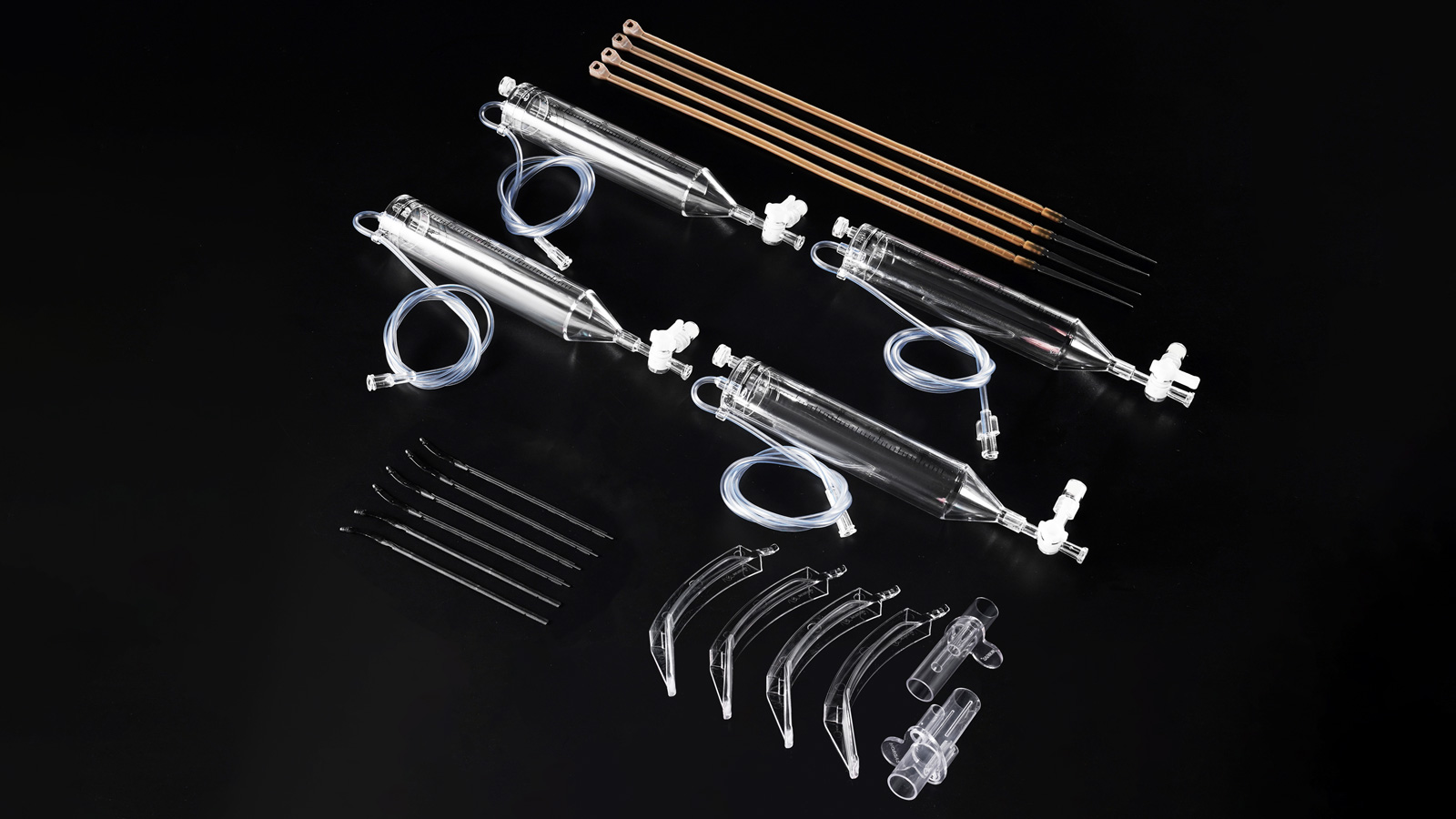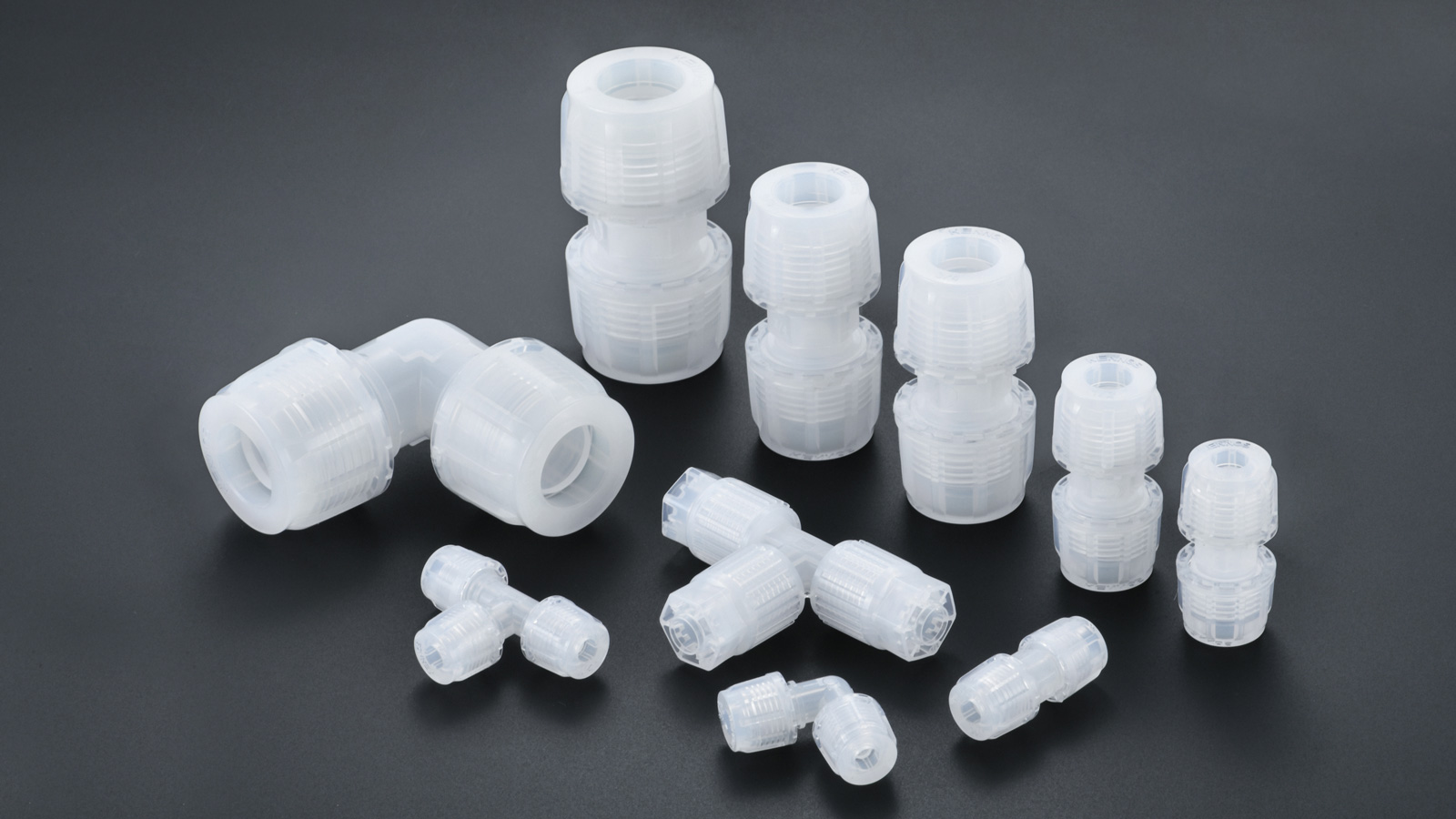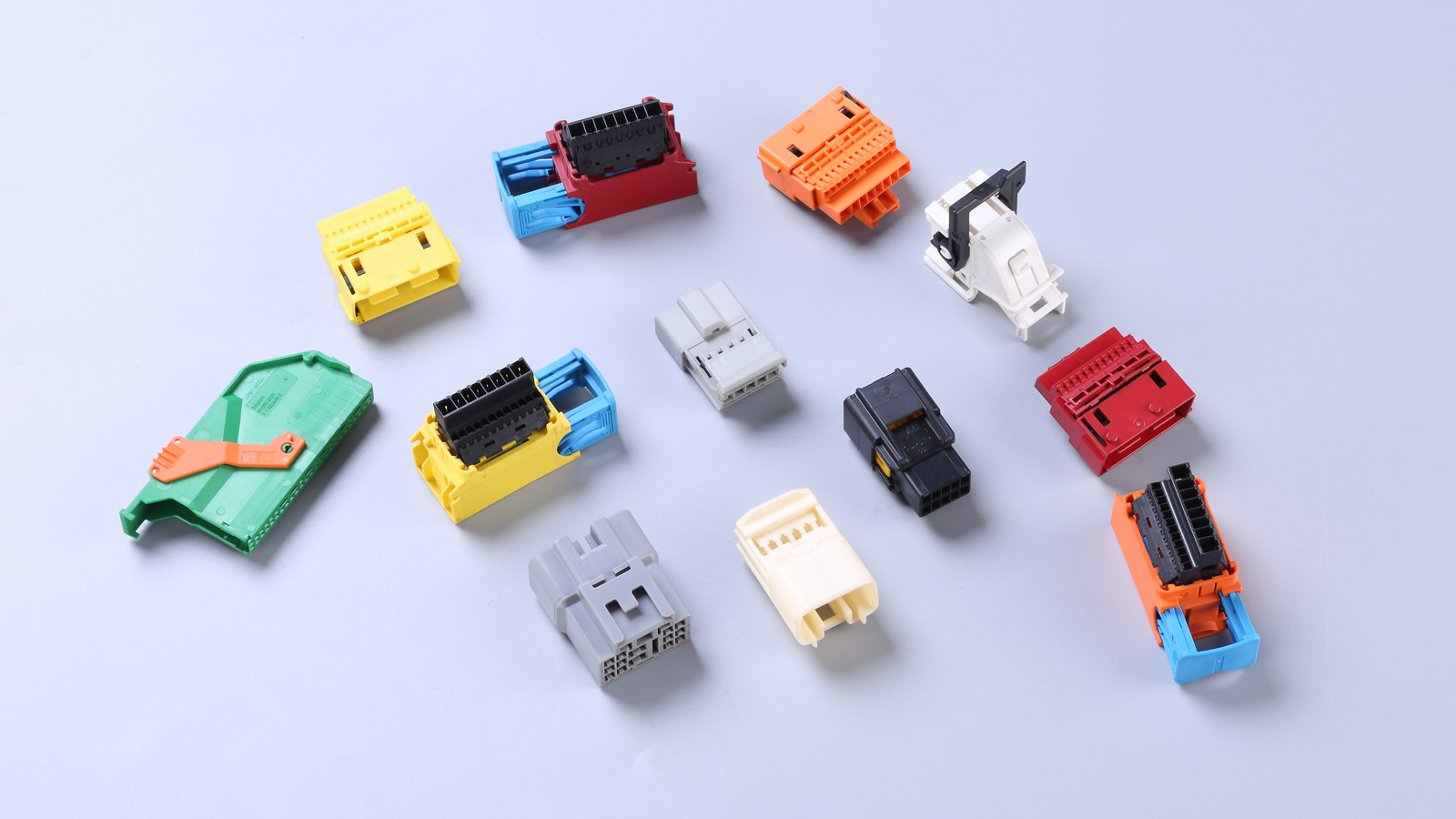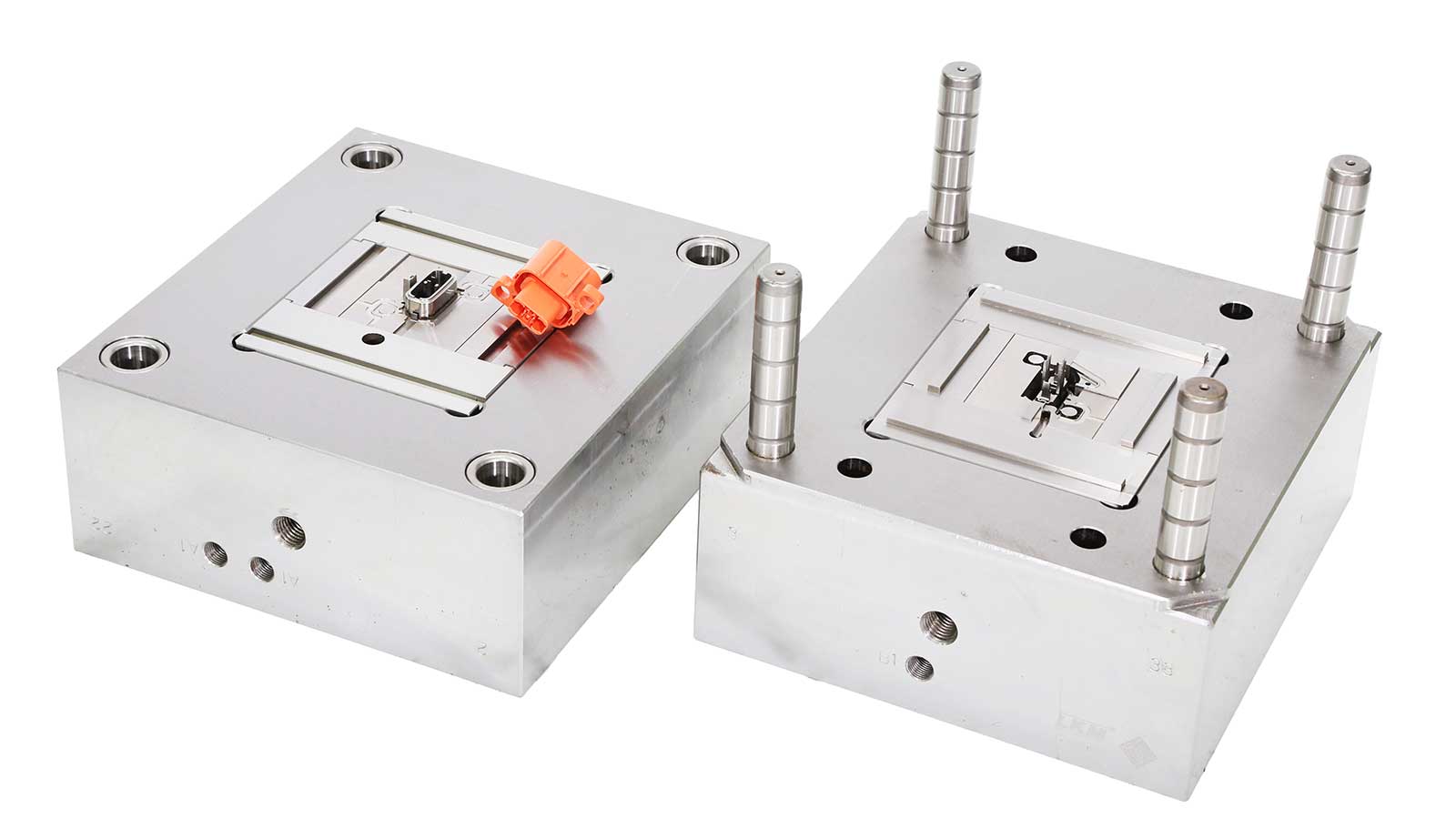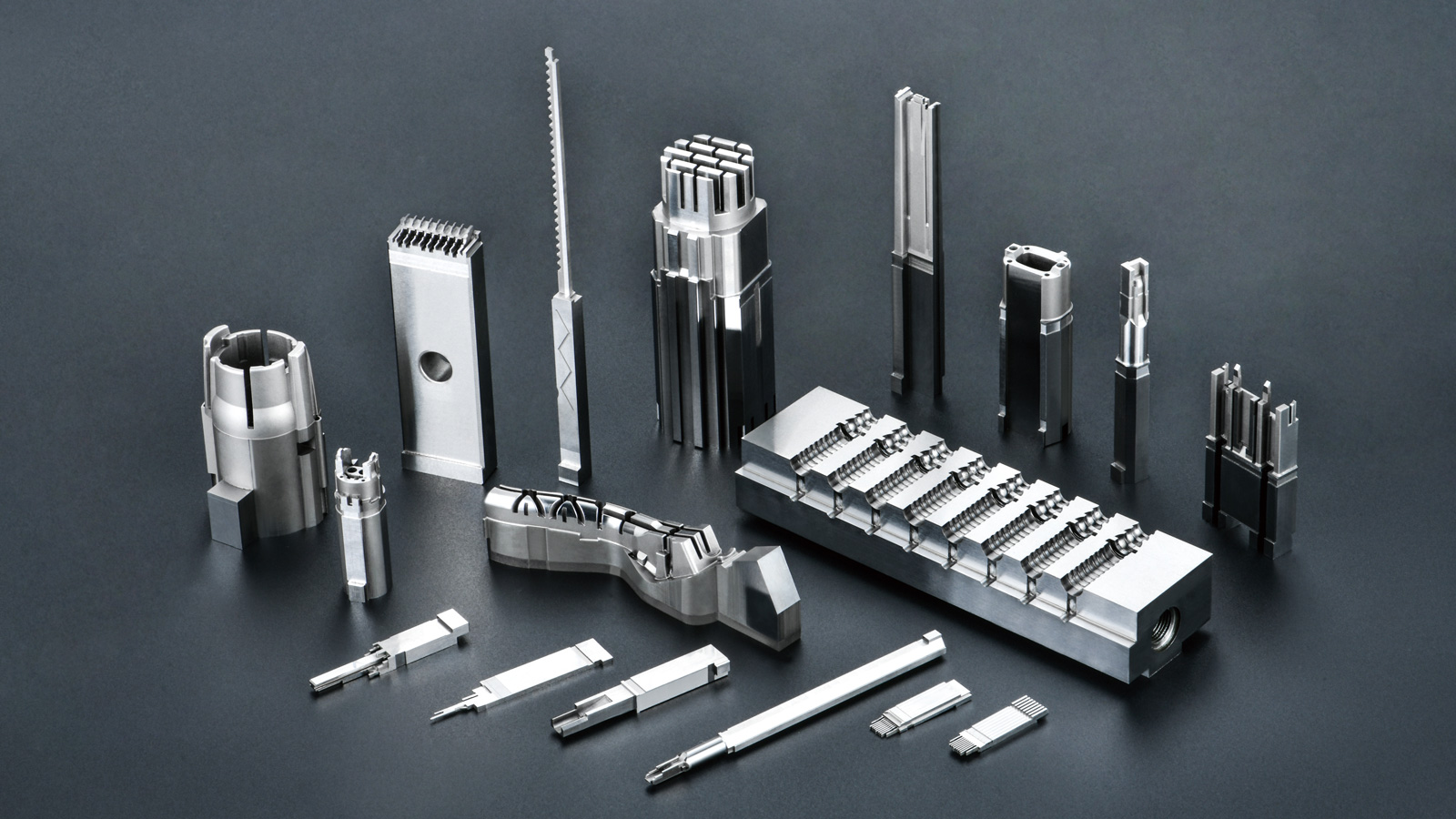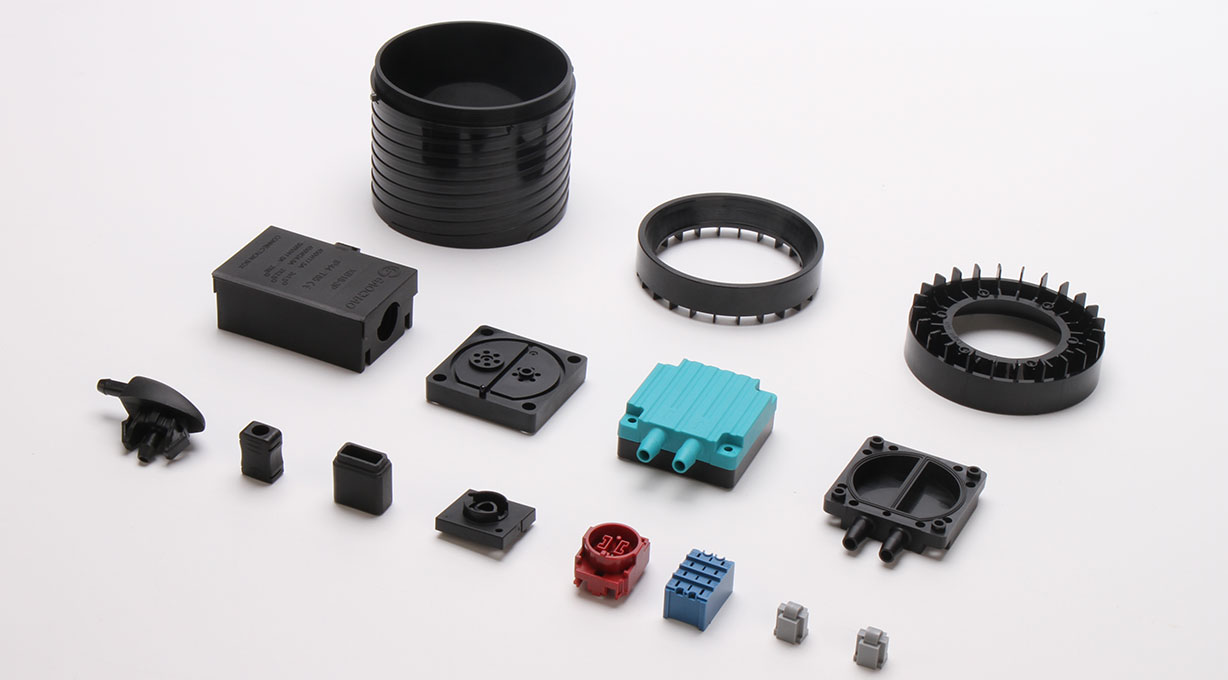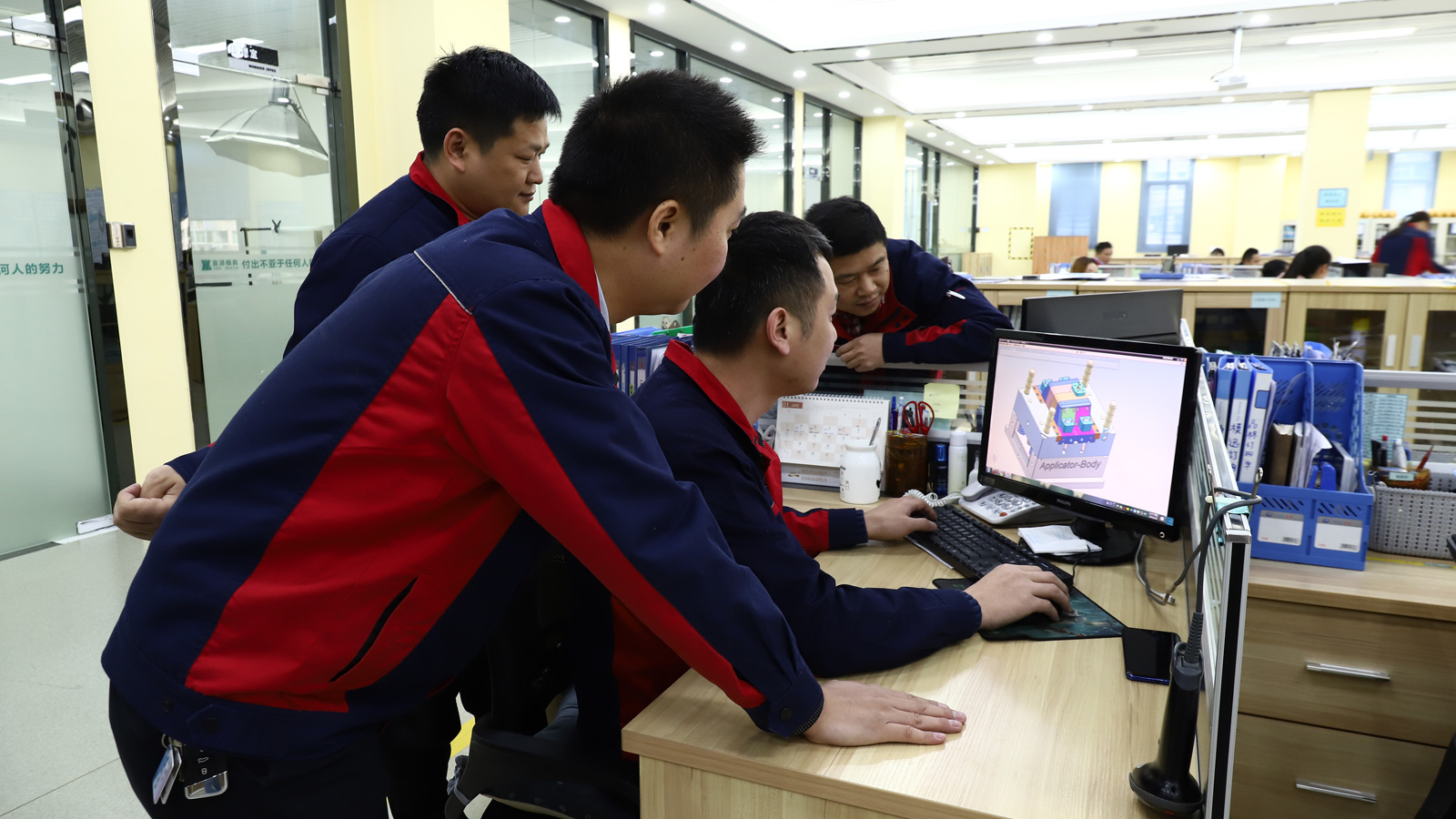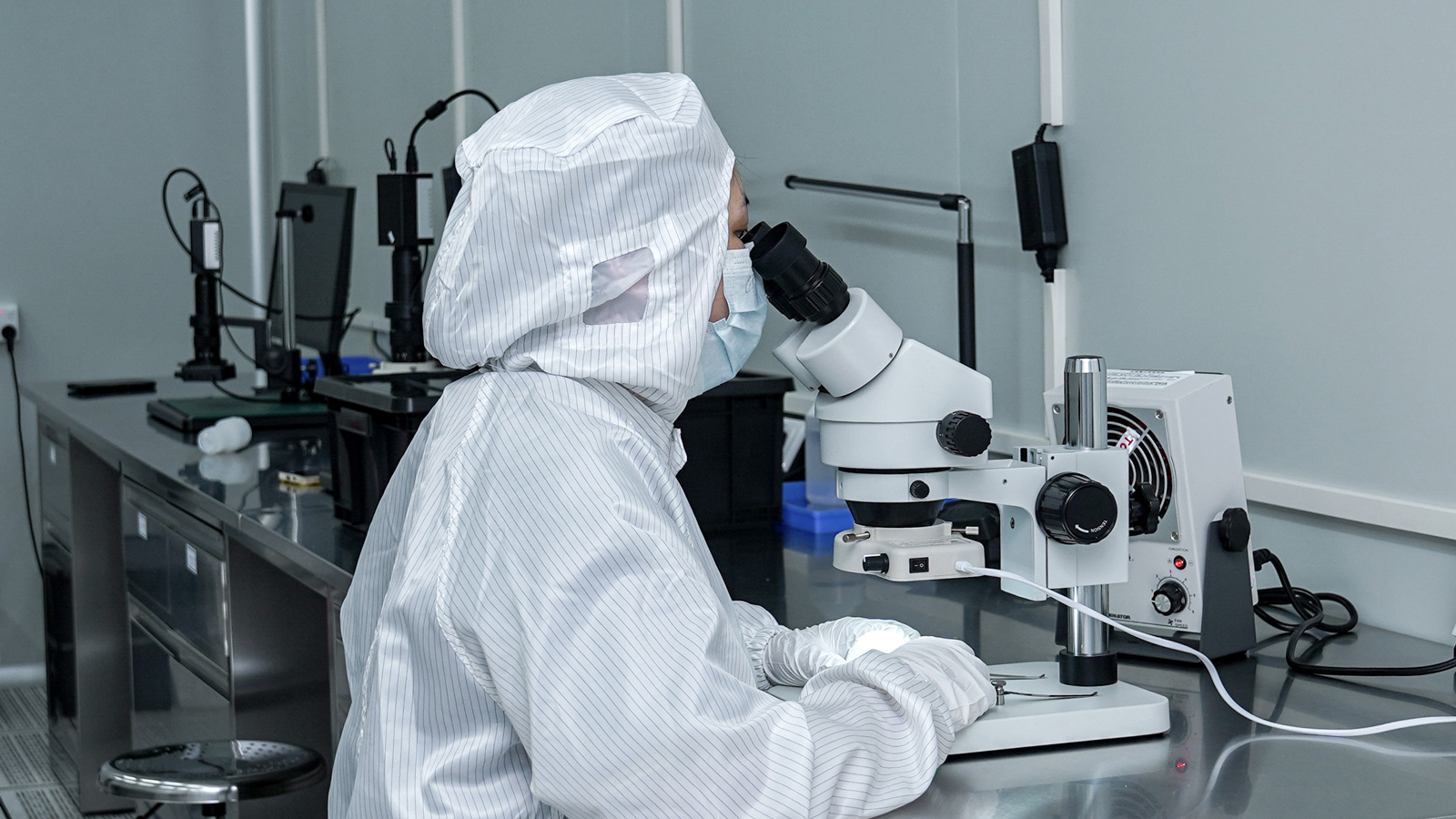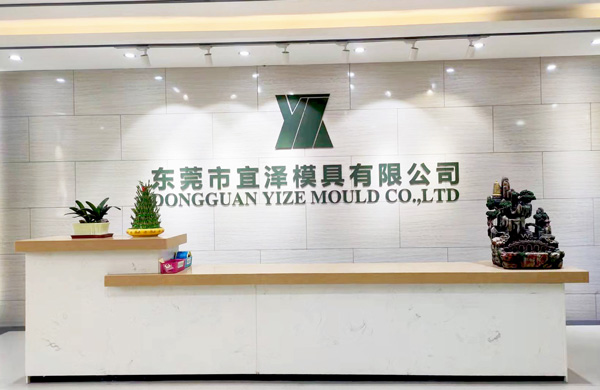Among numerous plastic materials, polymethyl methacrylate (abbreviated as PMMA) holds a significant position in multiple fields. It not only boasts excellent transparency, providing a clear and unobstructed visual effect, but also possesses good chemical stability, enabling it to maintain stable performance in various chemical environments. Additionally, it has outstanding weather resistance, withstanding long – term exposure to wind, sun, and alternating cold and heat. Moreover, PMMA is easy to dye and process, allowing for a wide range of colors and shapes to be created, resulting in a beautiful appearance. It also has the advantages of being lightweight, low – cost, and easy for injection molding. Therefore, it has been widely used in many fields, especially in the construction industry. So, what are the specific injection molding conditions for PMMA? Below is a detailed explanation.
Material Drying Conditions
The drying process is of utmost importance for PMMA injection molding. The drying temperature needs to be precisely controlled and should be 10 – 20℃ lower than its heat deformation temperature. Drying at this temperature range can effectively remove the moisture from the material while avoiding performance damage caused by excessive temperature. The drying time is usually 2 – 8 hours, after which the moisture content of the material can be controlled within the ideal range of 0.02% – 0.04%. It is worth noting that the dried material is very sensitive and should not be exposed to the air casually; otherwise, it is highly likely to re – absorb moisture, affecting the subsequent molding quality. The correct approach is to store the dried material in a closed hopper to maintain its dry state.
Feed Temperature Control
The feed temperature is a crucial factor affecting PMMA injection molding. The appropriate feed temperature range is 180 – 220℃. Within this temperature range, the PMMA material can maintain good fluidity and plasticity, which is beneficial for smoothly filling the mold cavity during the injection process, thus ensuring the quality and performance of the molded products. If the feed temperature is too low, the material has poor fluidity, which may lead to insufficient filling, resulting in defects such as material shortage and rough surface on the products. On the other hand, if the feed temperature is too high, it may cause material decomposition, leading to problems such as bubbles and discoloration, seriously affecting the product quality.
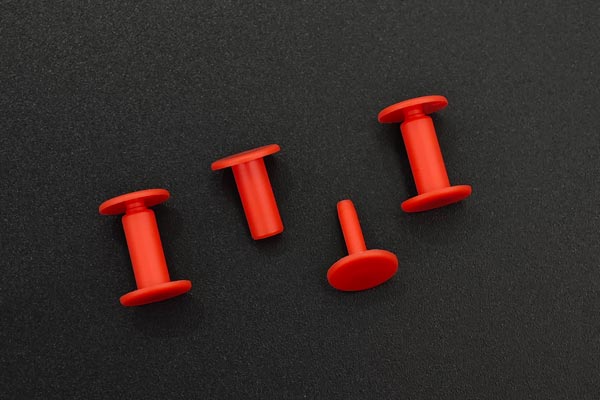
Injection Pressure Setting
The injection pressure plays a pivotal role in the PMMA injection molding process. Generally, the injection pressure should be controlled within the range of 80 – 130 MPa. An appropriate injection pressure ensures that the material fills the mold cavity at a suitable speed and force, resulting in uniform density throughout the product and stable dimensions. When the injection pressure is too low, the material cannot fill the cavity, which may lead to defects such as shrinkage and voids in the products. Conversely, suppose the injection pressure is too high. In that case, it will not only increase the load on the equipment but also generate excessive stress in the material within the cavity, leading to problems such as cracking and deformation of the products.
Injection Mold Temperature Adjustment
The injection mold temperature has a direct impact on the quality and performance of PMMA molded products. Usually, the injection mold temperature should be controlled within the range of 40 – 60℃. Within this temperature range, the material cools at an appropriate speed in the mold, which is beneficial for the uniform formation of the internal structure of the products and reduces the generation of internal stress. If the mold temperature is too low, the material cools too quickly, which may lead to stress concentration inside the products, resulting in problems such as cracking and deformation. If the mold temperature is too high, it will prolong the cooling time of the material, reducing the production efficiency, and may also affect the dimensional accuracy and surface quality of the products.
Injection Mold Runner Design
The design of the injection mold runner has a direct bearing on the filling effect of the PMMA material and the product quality. When designing the injection mold runner, the principle of being wide and short should be followed. A wide and short runner can reduce the pressure loss of the material during the flow process, allowing the material to fill the cavity more smoothly. At the same time, pin – point gates should be avoided because they can easily lead to poor material flow and generate large shear stress, affecting the product quality. If pin – point gates must be used, the gate diameter should be no less than 1.5mm to ensure that the material can smoothly pass through the gate into the cavity.
Product Heat Treatment
In general, to eliminate the internal stress inside PMMA molded products and improve their dimensional stability and mechanical properties, heat treatment should be carried out on the products. Heat treatment can be achieved by placing the products in an appropriate temperature environment for a certain period of time. The specific temperature and time need to be precisely controlled according to the product specifications and requirements. Through heat treatment, the stress concentration inside the products can be effectively relieved, reducing the possibility of problems such as cracking and deformation during the use of the products, thus extending their service life.
